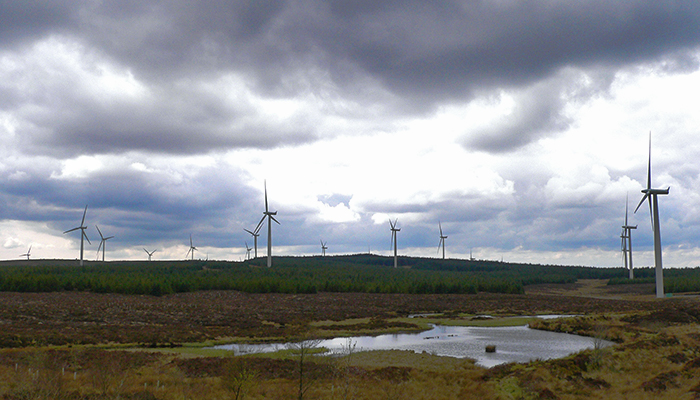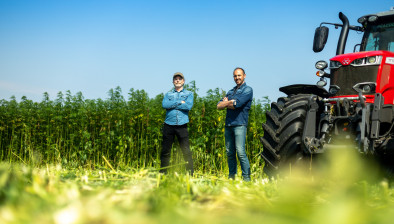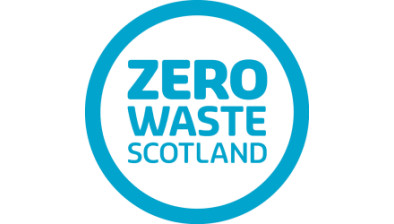Report highlights future infrastructure demands of onshore wind turbine decommissioning
The first-ever forecast into onshore wind decommissioning in Scotland has identified a need for future reprocessing infrastructure and storage locations to support the demands of the sector.

Published today by Zero Waste Scotland, ‘The future of onshore wind decommissioning in Scotland’ finds that around 5,500 wind turbines will be decommissioned in Scotland by 2050 which, according to the circular economy body, represents a quantified opportunity to grow Scotland’s remanufacturing sector in line with NetZero ambitions.
Today’s report launch coincides with the opening of Renewable Parts Ltd’s new innovation centre, a Lochgilphead-based organisation supported by Zero Waste Scotland’s Circular Economy Investment Fund, whose recent expansion signals positive domestic economic growth in Scotland’s wind turbine refurbishment sector.
The report findings go on to highlight opportunities to increase skills and expertise in reuse and refurbishment in wind turbines in Scotland and creating green jobs.
Minister for green skills, circular economy and biodiversity Lorna Slater said: “There is a huge circular economy opportunity in Scotland’s already thriving renewable energy sector. Scotland’s renewable energy businesses have already helped to deliver significant reductions in our energy emissions and provided high quality green jobs.
“Now, with many of the first generation of turbines reaching the end of their working lifespan, we have an opportunity to repurpose those valuable materials into new energy infrastructure or for other high value use. By embracing the circular economy, Scotland’s renewable sector can become even greener, while also delivering more high-skilled jobs in Scotland.”
Iain Gulland, Zero Waste Scotland CEO, said: “Like anything else, wind turbines and their parts require maintenance, refurbishment and eventually reach an end-of-life. In forecasting the scale of materials set to be released through wind turbine decommissioning, this report presents Scotland with a fantastic opportunity to embed circular solutions into the resource management of these materials.
“Decommissioning and refurbishment of wind turbines will release valuable metals like steel and iron and component parts like gear mechanisms into circulation, thereby unlocking potential for economic gain. However, as these materials are currently exported for recycling, the Scottish economy is losing the value of these resources. Based on this report’s findings, we have quantified the scale of the opportunity and I hope we can act to seize the economic opportunities represented.
“Onshore wind decommissioning is fast-becoming a practical problem for many European countries. To date, across Europe, 34,000 turbines are known to be 15 years or older. There will be a big market for decommissioning onshore wind farms over the next decade and, if we act now, Scotland is in a prime position to provide a circular solution and establish competitive advantage.”
James Barry, CEO of Renewable Parts Ltd, added: “Wind turbine decommissioning presents an enormous opportunity for value retention within Scotland. End of life for the first generation of wind turbines is now upon us and we must invest boldly in the infrastructure and capabilities needed to reuse materials for ongoing wind operations.
“Refurbishment of component parts has already been successfully demonstrated through our work with wind turbine operators; decommissioning is the next step in this journey requiring major scale up to manage entire turbines. Our strategy to lead in this important area, creating the high skilled jobs and economic benefits, requires joined up, cross industry action, with operators, government and educational institutions all playing their part. This timely report neatly sets out the opportunity we must realise within Scotland.”
This report follows Zero Waste Scotland’s recent publication of the first set of Material Flow Accounts for Scotland, which quantifies Scotland’s material footprint for the first time. It shows us the materials we are extracting from Scotland’s natural environment every year, as well as those which are imported, exported, and wasted.




















